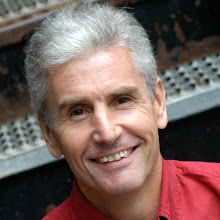
Research is one of the key aspects of any project. Yet finding information has always been something of a headache if that information is not available in current publications. Researching before my walk along the Ganges river in India, I spent days in the university library in Calgary searching through volumes for titbits of information, anecdotes, histories and stories about the sacred river.
How the world has changed. Typing in "Labrador" to Google Books brought more than 2000 citations and restricting to "full text" brought more than 200 volumes -- from libraries in England and America. Very quickly I discovered a wonderful account of a sailing voyage in 1812 in which an Inuit elder took two Moravian missionaries from along the coast of northern Labrador and east to Ungava Bay so that they could make contact with Inuit communities there.
Soon afterwards, I had a copyproofed version of the story from the Gutenberg Project -- another wonderful resource that provides full text copies of out of copyright texts.
What this does is raise the standard of materials available to any writer, or anyone else. In the past there just was not enough time to search and collate items not of the first rank of important from libraries thousands of miles apart, despite the fact that the slightly-off-topic topics could often produce some of the most fascinating minor stories - nuggets of gold for any storyteller.
The Google Books interface is disappointing and not well thought out at all. But it's still a beta version, so hopefully hands-on users will correct all the omissions.
In the mean time, Season's Greetings in a Brave New World.





